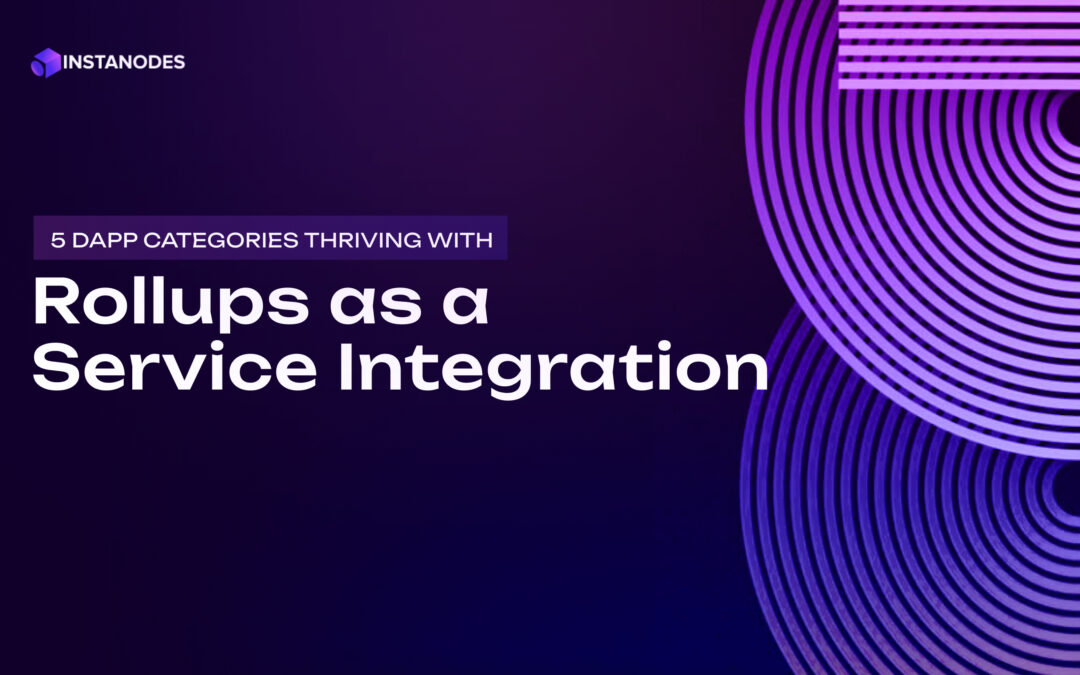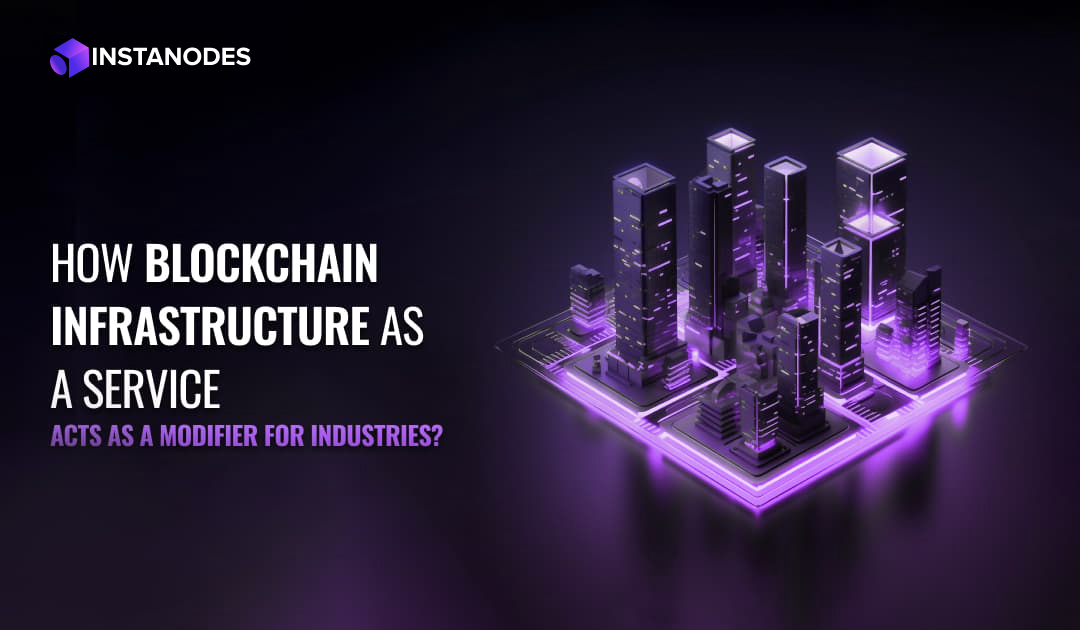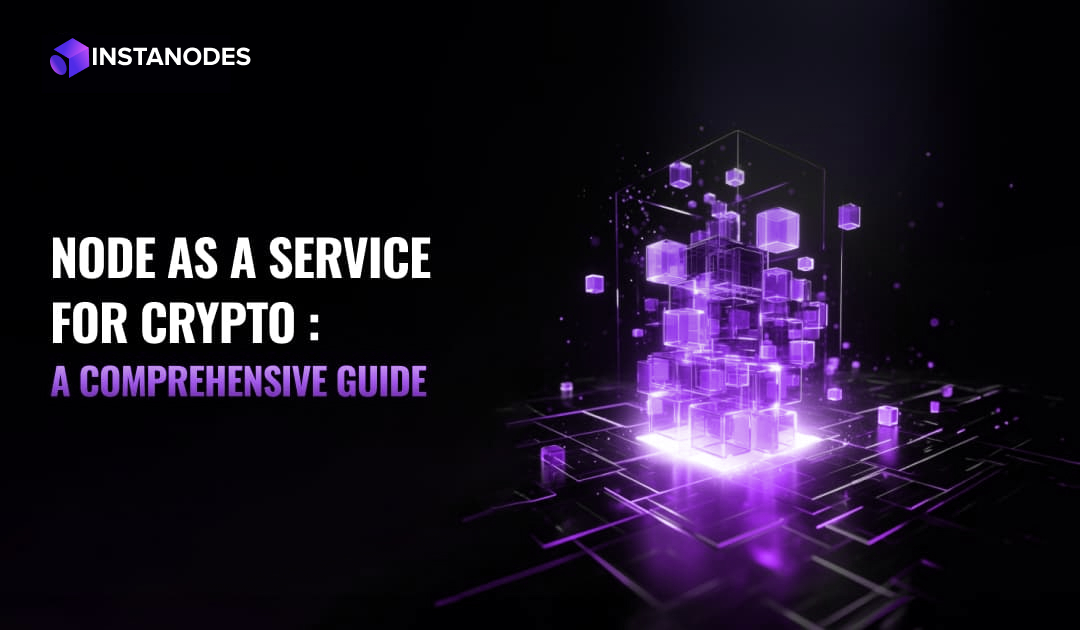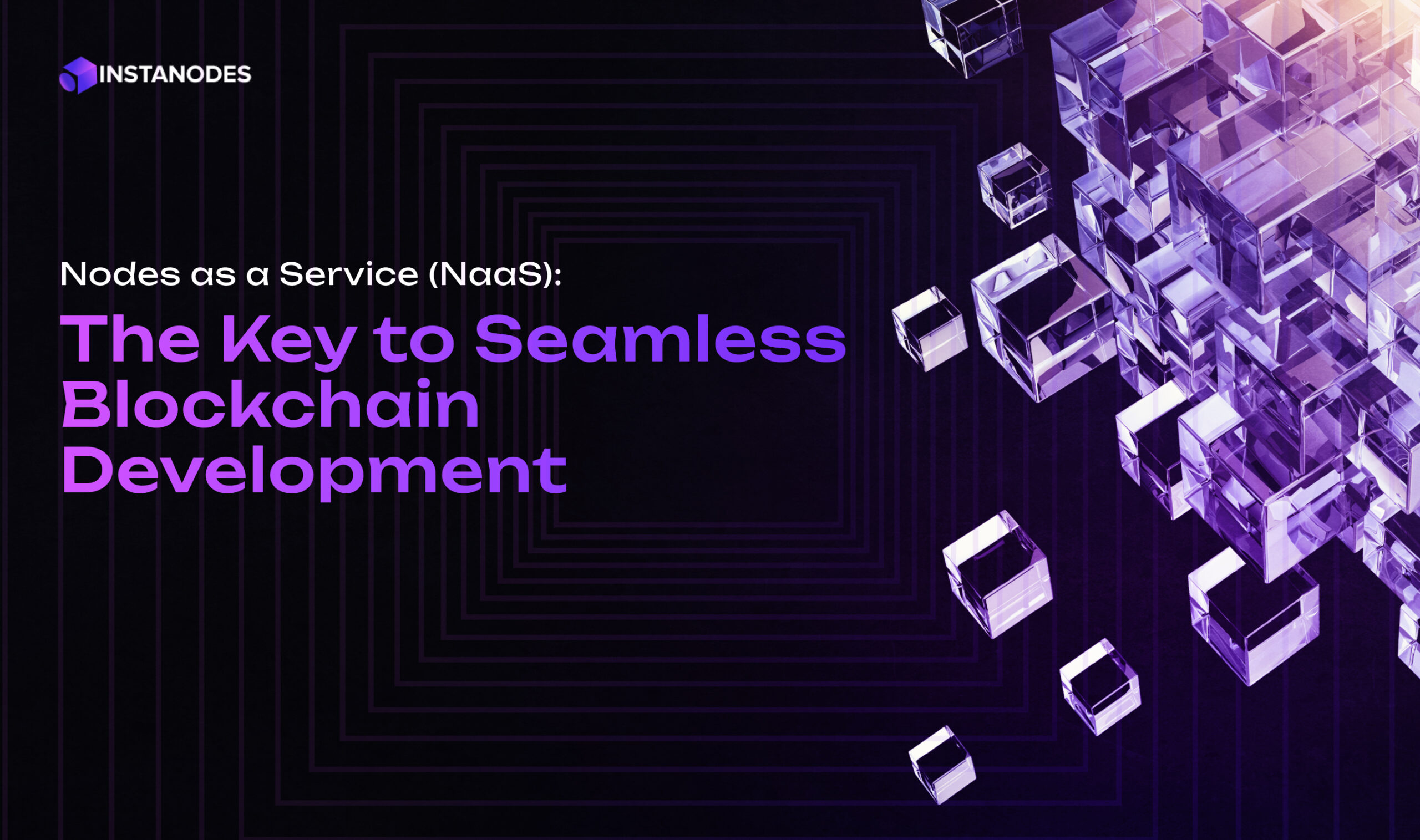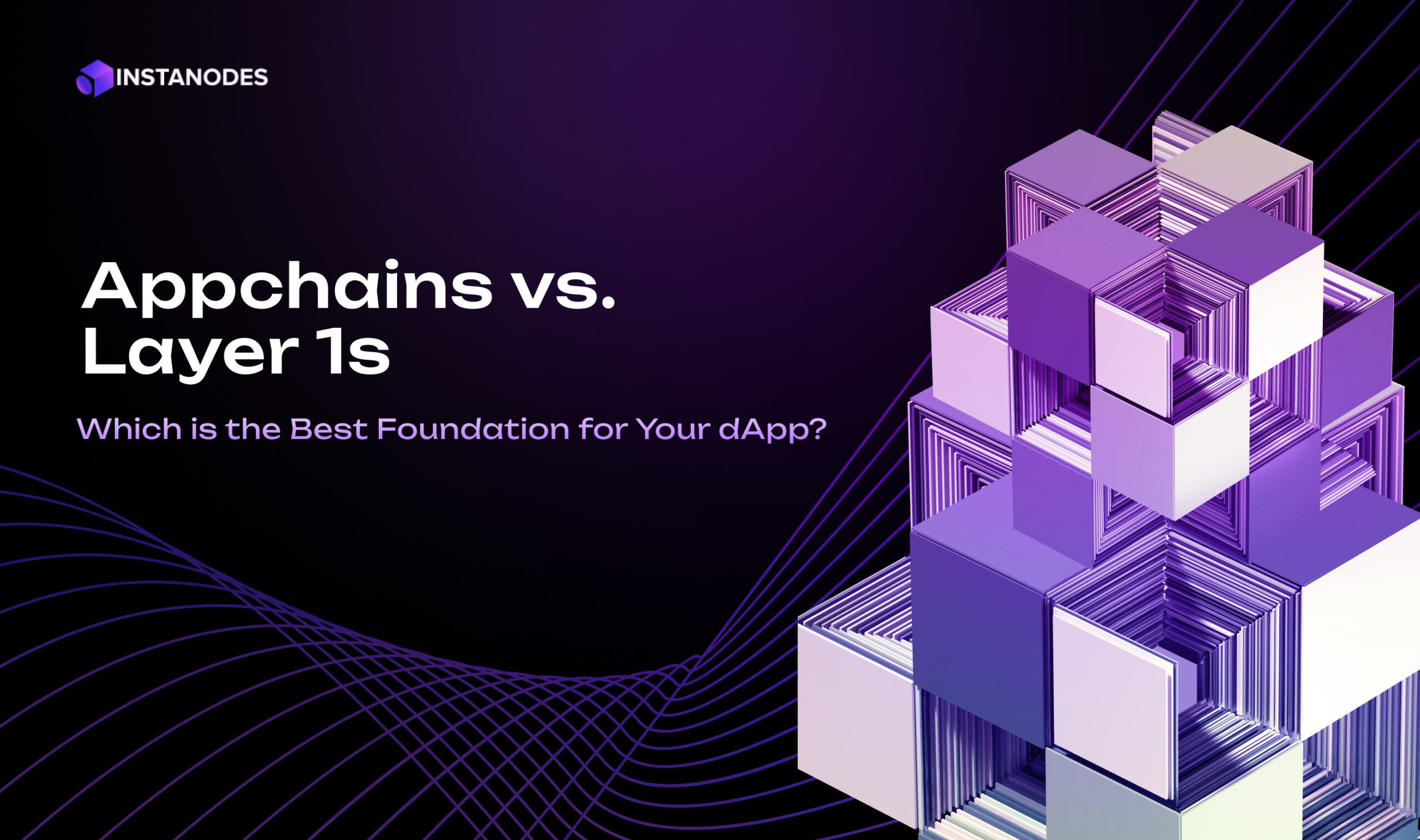We are living in an era in which blockchain-powered dApps are becoming increasingly popular among the masses. Decentralized applications related to DeFi, Gaming, Social networking, NFT marketplaces, and DAOs attract millions of users every day. This means that these platforms have to process vast amounts of transactions without break to ensure the smooth sailing of the business. It’s challenging to meet the expectations of dApp users, and that’s why using rollups in blockchain has become a necessity.
Let’s understand!
Layer 1 blockchains like Ethereum are safe and decentralized, but with little throughput and a high fee. A block is only capable of holding a specific number of transactions, leading to clogging, slow processing, and exorbitant gas charges during peak use. This bottleneck becomes especially troublesome in high-traffic dApps, where cost-effectiveness and user experience are of critical importance. With no adequate solutions to scaling, dApps may lose users to more cost-effective, centralized equivalents. Therefore, fixing scalability isn’t merely an upgrade—it’s a requirement for decentralized technology going mainstream. That’s where Rollup as a Service comes into action.
Here are four notable examples where dApps suffered significant losses or issues due to network congestion:
- CryptoKitties (2017):
CryptoKitties, one of the first viral dApps, clogged Ethereum after launch, causing delayed transactions and high gas fees. Users couldn’t trade digital cats, revealing Ethereum’s scalability issues.
- Uniswap During DeFi Summer (2020):
Uniswap’s trading surge led to Ethereum congestion, causing slow confirmations and gas fees over $100. Users missed arbitrage and liquidity chances, resulting in frustration and losses.
- Solana Network Outages (2021-2022):
Several Solana dApps, such as Serum and Raydium, were disrupted by incessant network congestion. A 17-hour downtime in September 2021 brought trading and DeFi activities to a standstill, resulting in losses for liquidity providers.
- Yuga Labs’ Otherside NFT Mint (2022):
The hyped mint overwhelmed Ethereum, spiking gas fees to 2.5 ETH (~$6,000) and causing millions in failed transaction losses—underscoring the need for Layer 2 scaling.
Why dApps Are Grappling with Scalability?

The blockchain trilemma of balancing scalability, security, and decentralization remains an issue for dApp developers. Even though it is the most prominent smart contract platform, Ethereum is currently not able to process anything above 15-30 TPS. This restriction comes into stark relief during times of network congestion, when users are confronted with:
- Skyrocketing gas fees are making even simple transactions prohibitively expensive
- Transaction delays lasting minutes or even hours
- Failed transactions that still consume gas fees
- Poor user experience that drives away mainstream adoption
These scalability limitations create a ceiling for dApp growth. When a decentralized exchange sees an influx of activity in times of market volatility, or when an NFT drop results in thousands of concurrent minting requests, the underlying blockchain infrastructure tends to crack under the strain. This sets up a paradoxical dynamic: the more successful a dApp is, the poorer its performance becomes.
Traditional solutions like increasing block size or reducing block time inevitably sacrifice either security or decentralization. Additionally, applications built on Layer 1 blockchains are forced to compete for limited computational resources, creating an ecosystem where only high-value transactions make economic sense during busy periods. The main purpose of Rollup as a Service is to overcome scalability issues that slow down your dApps.
How Do Rollups Help?

Rollups in blockchain represent a breakthrough Layer 2 scaling solution that addresses these challenges without compromising on the security guarantees of the underlying blockchain. At their core, rollups work by:
- Batching transactions: Multiple transactions are bundled together off-chain.
- Processing off-chain: Computations happen outside the main blockchain.
- Submitting compressed proofs: Only essential verification data is posted to the main chain.
- Inheriting security: The rollup inherits the security properties of the underlying blockchain.
This approach yields remarkable benefits:
- Increased throughput: Rollups in blockchain can process thousands of transactions per second compared to the base layer’s dozens.
- Reduced costs: Gas fees are distributed across multiple transactions, drastically reducing per-transaction costs.
- Lower latency: Users experience faster confirmations and better responsiveness.
- Maintained security: Unlike sidechains, rollups derive their security from the main chain.
Rollups as a Service: Your Path to Scalable Blockchain Solutions
Rollups as a Service platforms take this innovation further by abstracting away the complexity of deploying and maintaining rollup infrastructure. Our services provide:
- Pre-configured rollup environments
- Ongoing technical maintenance and upgrades
- Simplified integration with existing applications
- Monitoring and operational support
- Cross-rollup interoperability
For dApp developers, it implies concentrating on creating new applications instead of fighting with infrastructure headaches. The RaaS model brings rollup solutions to the masses, enabling even tiny teams to enjoy enterprise-grade rollup tech without requiring specialist blockchain knowledge.
Top Use Cases for Rollups as a Service in the dApp Ecosystem
Let’s explore the five types of decentralized applications that stand to gain the most from rollups as a service platforms.
DeFi Protocols
DeFi apps are among the most transaction-heavy use cases within the blockchain ecosystem. Decentralized exchanges, lending apps, and yield aggregators need to process a high number of financial operations with low latency in order to offer a user experience that is on par with traditional finance.
Key challenges for DeFi without rollups:
- Order matching inefficiency: During volatile market conditions, DEXs struggle to process the flood of orders, leading to slippage and execution delays.
- Prohibitive costs for small traders: When gas prices spike, small-to-medium transactions become economically unfeasible, effectively excluding retail participants.
- Capital inefficiency: High gas costs discourage frequent portfolio rebalancing and optimal capital allocation.
- Limited composability: When transaction costs are high, multi-step transactions involving several protocols become prohibitively expensive.
How rollups transform DeFi:
With Rollups as a Service, DeFi protocols can achieve up to 100x improvement in transaction throughput while reducing gas costs by a similar factor. This enables:
- Micro-transactions: The ability to process small trades profitably opens DeFi to broader segments of users.
- High-frequency strategies: Trading strategies requiring multiple transactions become viable when each transaction costs pennies instead of dollars.
- Enhanced liquidity: Lower barriers to entry attract more participants and capital to liquidity pools.
- Real-time oracle updates: Critical price feeds can update more frequently without excessive costs.
- Expanded asset support: Lower operational costs allow protocols to support a wider range of tokens, including those with lower market capitalizations.
Leading DeFi projects that are leveraging rollups in blockchain have already become successful in handling 5-10x the transaction volume, and there is a huge reduction in the gas cost as well. Any protocol that is ready to introduce new products or expand can build an efficient, secure, and scalable infrastructure by using the expertise of a Rollups as a Service provider to enter the market in a hassle-free manner.
NFT Marketplaces
The explosive growth of the NFT market has repeatedly strained blockchain networks, with popular drops and trading frenzies pushing gas prices to extreme levels. NFT marketplaces and minting platforms face unique challenges that rollups elegantly address.
Pain points for NFT platforms:
- Minting costs: Artists and creators face prohibitive costs when minting new collections, with gas fees sometimes exceeding the intended sale price of the NFTs themselves.
- Auction dynamics: Gas wars during popular drops lead to failed transactions and frustrated users.
- Secondary market friction: High transaction costs discourage active trading of lower-value NFTs.
- Limited functionality: Complex features like bundling, bidding, and royalty distributions become impractical when each operation costs significant gas.
Rollup advantages for NFT ecosystems:
Implementing NFT platforms on Rollups as a Service provides transformative benefits:
- Bulk minting economics: Artists can mint entire collections at a fraction of the cost, enabling affordable creation of large collections.
- Gas-free marketplaces: Some rollup-based platforms can subsidize transaction costs entirely, creating frictionless user experiences.
- Real-time bidding: Auction dynamics improve when bid updates can happen frequently without punitive costs.
- Rich metadata: More on-chain data can be stored economically, enhancing the NFT’s provenance and functionality.
- Affordable programmability: Complex NFT mechanics like breeding, evolution, or interactive elements become feasible.
NFT projects built on rollups in blockchain showcase a heavy reduction in minting costs and transaction speeds. This creates democratized access to NFT creation and trading, shifting the focus from gas optimization to creativity and functionality. For platforms serving creators and collectors, Rollups as a Service remove the technical barriers to providing a seamless experience.
GameFi Applications
Blockchain games and GameFi applications face perhaps the most stringent requirements for transaction speed and cost among all dApp categories. Traditional gamers expect instant feedback and seamless interactions—expectations that first-generation blockchain games struggled to meet.
Challenges for blockchain gaming:
- Gameplay interruptions: Waiting for block confirmations breaks immersion and interrupts gameplay flow.
- Cost per action: When each game action requires a transaction fee, gameplay becomes expensive and unpredictable.
- Asset transfers: Moving in-game items and rewards should be instantaneous and economical.
- Scalability ceiling: Successful games quickly hit infrastructure limitations that prevent growth.
How rollups revolutionize GameFi:
By implementing games on rollups in blockchain, developers unlock new possibilities:
- Near-instant actions: Players experience responsive gameplay with confirmation times reduced from minutes to seconds or less.
- Negligible transaction costs: Game actions can cost fractions of a penny, enabling microtransactions and continuous gameplay.
- Higher complexity games: More on-chain game state and logic become practical when computational costs are lower.
- Interoperability: Low-cost bridges between different rollups facilitate asset transfers between game ecosystems.
- True ownership economics: When transaction costs don’t dominate, even low-value in-game items can be meaningfully owned and traded.
Leading GameFi projects using rollups report up to 200x improvements in transaction throughput and costs reduced to near-zero for players. This creates experiences that can compete with traditional gaming while maintaining blockchain benefits. For game developers, Rollups as a Service provides the infrastructure layer needed to focus on game design and player experience rather than blockchain limitations.
Social dApps
Decentralized social applications face unique scaling challenges due to their content-heavy nature and requirement for frequent small interactions. Traditional social platforms process millions of likes, comments, posts, and content updates daily—volumes that would overwhelm most Layer 1 blockchains.
Social dApp limitations without rollups:
- Prohibitive posting costs: When each social interaction costs gas, organic engagement becomes impossible.
- Media storage expenses: Storing images, videos, and other media on-chain is financially infeasible.
- Notification delays: Social features like notifications and real-time updates require rapid transaction confirmations.
- Onboarding friction: High transaction costs create barriers to entry for new users.
Rollup benefits for social platforms:
Social applications deployed on rollup infrastructure can achieve:
- Microtransactions for engagement: Likes, comments, and other interactions can happen with minimal or zero cost to users.
- Economical content storage: More content can be stored directly on-chain or with hybrid storage solutions.
- Responsive interfaces: Users experience web2-like responsiveness with web3 ownership benefits.
- Scalable user bases: Platforms can grow to millions of users without facing prohibitive scaling challenges.
- Sustainable creator economies: Creator rewards and tokenized social interactions become viable at scale.
Decentralized social platforms using rollups in blockchain have demonstrated the ability to handle thousands of user interactions per second while maintaining costs low enough to be subsidized by platforms themselves. This enables web3 social applications to finally compete with centralized alternatives on user experience while offering the benefits of decentralization.
DAO Governance Platforms
DAOs (Decentralized Autonomous Organizations) represent one of blockchain’s most transformative use cases, but their on-chain governance has been hampered by the same scaling limitations affecting other applications. Democratic participation requires low barriers to entry—something that high gas fees directly undermine.
Governance challenges without rollups:
- Voter apathy due to costs: When voting costs significant gas, participation rates plummet, especially among smaller token holders.
- Limited proposal complexity: Complex proposals requiring multiple transactions or interactions become prohibitively expensive.
- Delayed implementation: Important governance decisions get delayed due to congestion and high fees.
- Centralization pressure: High costs push organizations toward off-chain voting with on-chain execution, reducing transparency.
How rollups transform DAO operations:
Implementing DAO governance on rollups creates more inclusive and efficient organizations:
- Universal participation: When voting costs approach zero, all stakeholders can participate regardless of holding size.
- Frequent polling: Organizations can gather community input more regularly without imposing financial burdens.
- Multi-step governance: Complex governance processes involving multiple votes or stages become practical.
- Real-time treasury management: DAO treasuries can be managed more actively when transaction costs are minimal.
- Delegation mechanics: Fluid delegation systems become viable when changing delegates doesn’t incur significant costs.
DAOs operating on rollup infrastructure consistently report 3-5x higher participation rates in governance processes. For organizations prioritizing decentralized decision-making, Rollups as a Service remove the technical friction that often stands between theoretical governance models and practical implementation.
The Future of Rollups as a Service
As rollup technology matures, we’re witnessing rapid innovation in the RaaS space. Several trends will shape the future:
- Application-specific rollups: Custom-designed rollups optimized for particular use cases (gaming, DeFi, etc.).
- Improved interoperability: Seamless asset and data movement between different rollups and L1 chains.
- Zero-knowledge innovations: Broader ZK rollup compatibility with existing smart contracts.
- Hybrid solutions: Combinations of different scaling technologies to maximize benefits.
- Increased abstraction: Users interacting with rollups without even knowing they’re using blockchain.
Final Thoughts
Rollups in blockchain are not just a technical upgrade; they are a strategic advantage for developers looking to scale dApps without compromising on decentralization or security. As demand for faster and cheaper blockchain interactions grows, Rollup as a Service provides a turnkey solution for developers across multiple domains.
From high-volume DeFi platforms and NFT marketplaces to immersive GameFi projects, social networks, and DAO governance systems, rollups are setting the stage for the next generation of scalable, user-friendly, and high-performance decentralized applications.
Ready to scale your dApp with Rollup as a Service? Partner with Instanodes and take your Web3 project to the next level.
